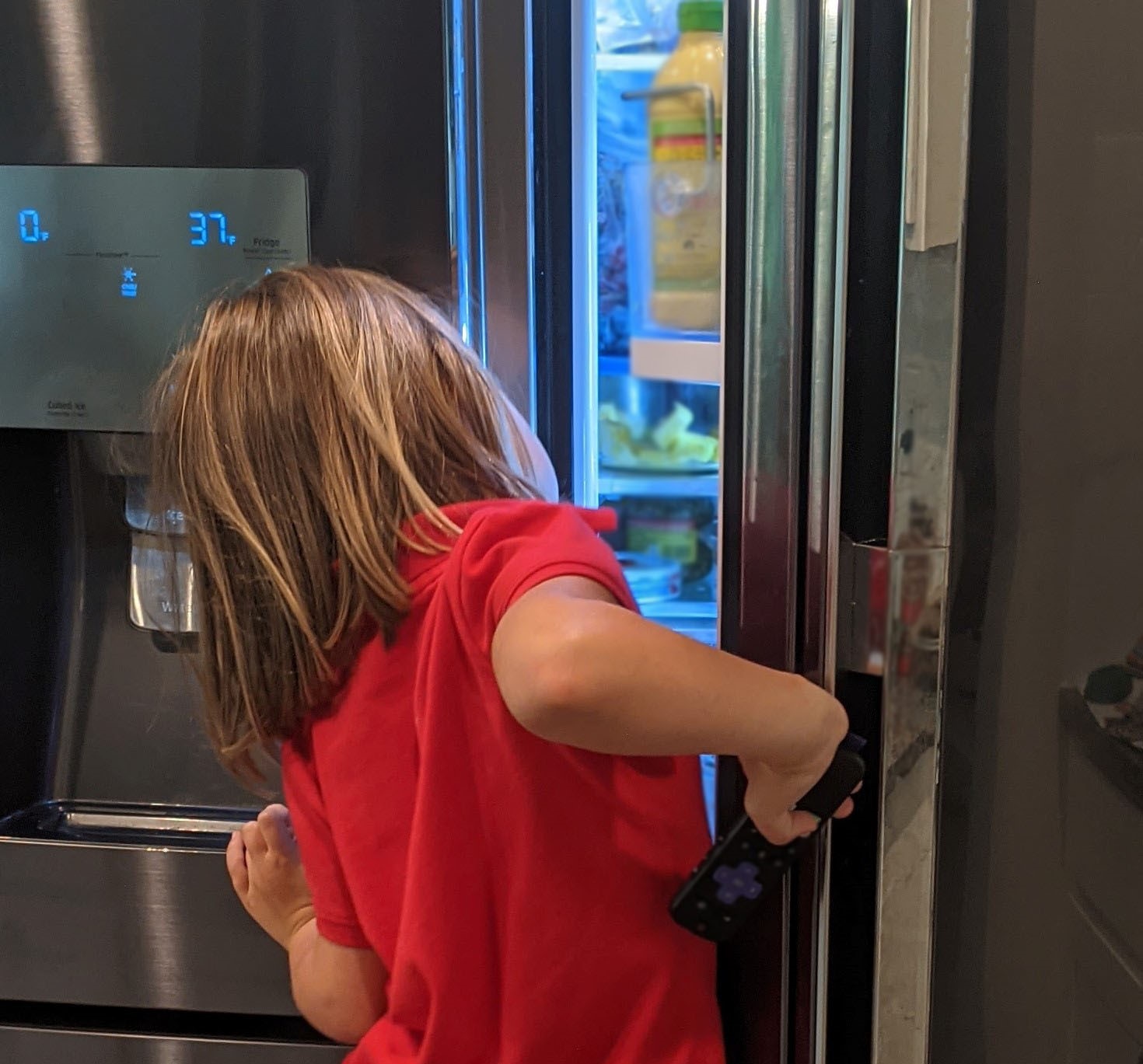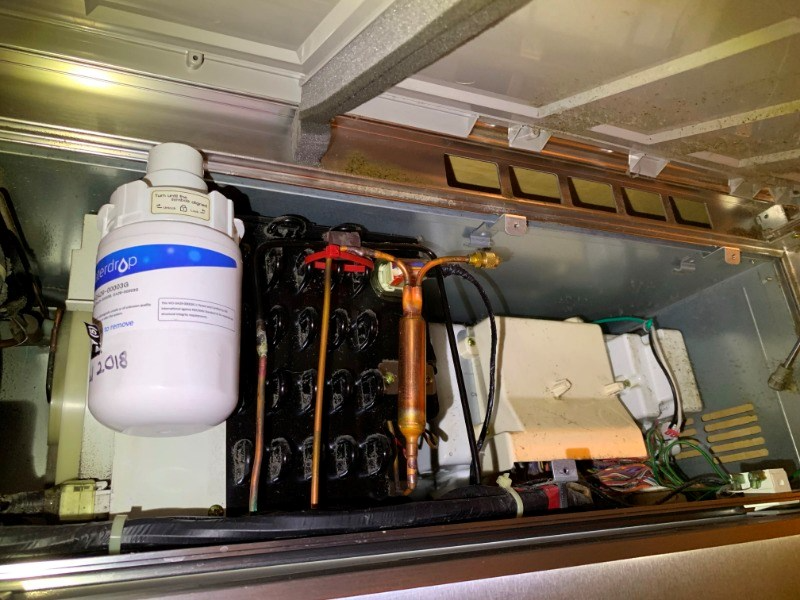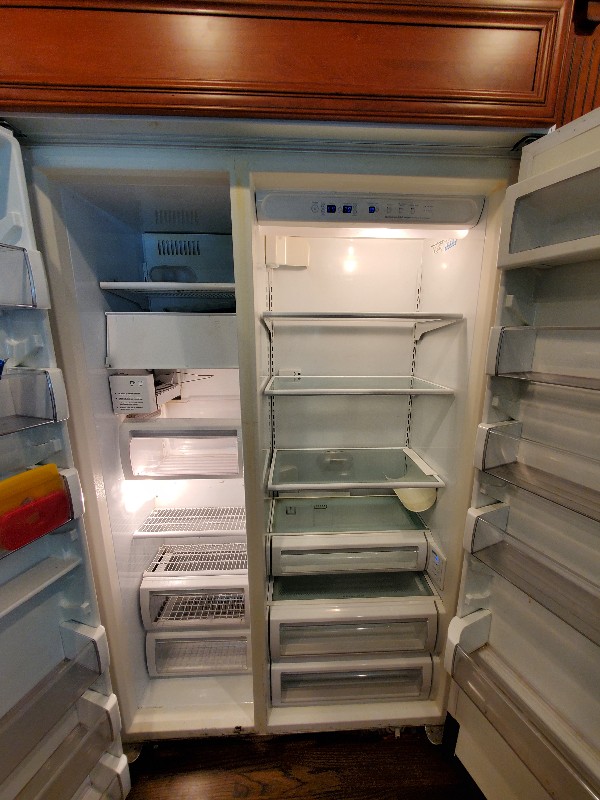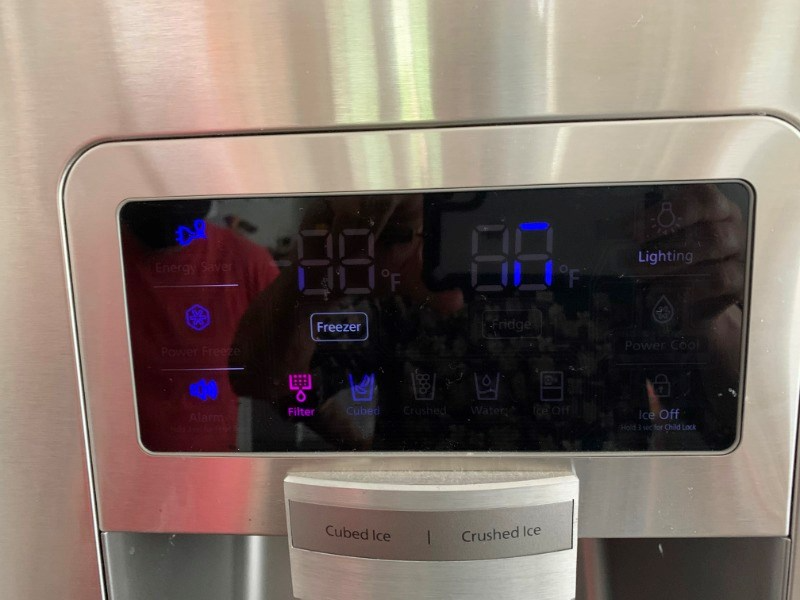Refrigerator Claims: What Adjusters Should Know
When you were a child, did you ever open the refrigerator super-fast to try to find out if the light always stayed on? Unfortunately, handling residential refrigerator claims is typically a much more difficult mystery to solve and requires a lot more thorough investigation.

The following critical information can help adjusters clear up some misconceptions and know what clues to look for when evaluating refrigerator claims.
Wear & Tear Can Look Like Surge Damage
StrikeCheck’s expert team has a lot of experience inspecting claimed refrigerators, among other electrically powered equipment frequently used in the home. Last year, appliances accounted for nearly one-third of the property that StrikeCheck evaluated – the second highest category after consumer electronics.
One trend from refrigerator inspections is that when thermostats are damaged, it is frequently the result of wear and tear. However, it is more often claimed as lightning or surge damage.
Why the confusion?
Excessive ice buildup, inconsistent airflow, and improper defrosting functions could point to surge-related electrical damage. However, these are also the consequences of metal fatigue causing the thermostat to stop sensing the temperature properly.
Metal fatigue is the result of stress to a metal that eventually leads to a breakdown in its composition. You may have heard of a type of metal fatigue that occurs in HVAC systems. Thermal fatigue is a cyclic stress that weakens the metal to an eventual point of failure after being repeatedly heated and cooled. Other types of metal fatigue may occur because of corrosion, load, or other factors.

When a sensor sustains metal fatigue, it may malfunction and cause the refrigerator to have the incorrect temperature or not defrost properly. Because metal fatigue does not happen all at once, the cause of loss would be wear and tear – and not instantaneous damage like what occurs following lightning or high voltage surge.
To know for sure which peril it is, all claimed equipment should be thoroughly evaluated.
Testing Refrigerators Does Not Always Require Them to Be Moved
When technicians visit a home, it may give policyholders peace of mind that they are assessing the refrigerator thoroughly by moving it from the wall. The truth is, that is not necessary for built-in refrigerators.

Built-in refrigerators, which can be stainless steel or have paneling, are taller and often deeper so they fit in with surrounding cabinetry. They are not intended to be moved often. Manufacturers have this in mind and designed and installed them so that the critical components can be accessed from the front. This means comprehensive testing and repairs can be completed with less effort from the technician.
Multiple Factors Affect Like Kind and Quality
Refrigerators come in all sizes and with a variety of features. Though replacements are sometimes the best solution after damage has occurred, it is essential adjusters only settle for equipment that is Like Kind and Quality (LKQ).
Among the possible amenities are: In-door ice and water dispensers, door-in-door storage access, crisper drawers, separate temperature controls, ice makers, and smart components. Other items to account for are the refrigerator’s size, how many doors or drawers there are, or freezer characteristics, which could all affect costs.

The only way to ensure LKQ replacement equipment – or that the cost for the differing unit would be equal to an LKQ refrigerator – is by having an expert review the potential substitute and comparing market value prices.
Most importantly, however, do not assume a replacement is the only solution when first receiving a claim.
Claimed Refrigerators Are Often Not Damaged
High voltage surge is a peril that frequently damages refrigerator components, such as its thermostat or control board. However, it is critical to not immediately settle a claim with this reported cause of loss.
Nearly 22% of residential refrigerators that StrikeCheck assessed last year were non-damaged at the time of assessment. Almost 13% were damaged from wear and tear. That equates to more than a third of the claimed equipment that was either not damaged or damaged by a typically non-covered peril.
These facts may put adjusters on the right track for settling a claim, but it may still be difficult to obtain all the necessary data to guarantee settlement accuracy without expert support. The electronics claim investigators at StrikeCheck eliminate the speculation to guarantee better claim settlement decisions by providing cause of loss, scope of damage, and best repair and replacement recommendations. Submit a claim to StrikeCheck to get to the bottom of your next residential refrigerator claim.
